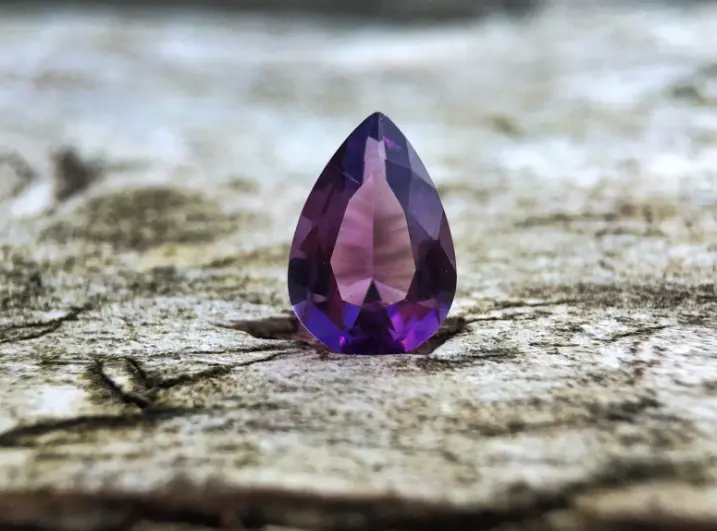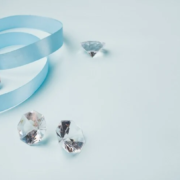Elevate Your Style: Fun Fine Jewelry Designs for 2024
Fine jewelry has long been associated with elegance, sophistication, and timeless beauty. However, in today’s ever-evolving fashion landscape, there’s a growing trend towards creativity and adding personality to jewelry designs. Adding creative fine jewelry ideas to your collections not only sets them apart but also appeals to a younger, more adventurous audience. In this guide, we’ll explore how you can make fine jewelry fun by infusing your pieces with creativity and flair.
Embrace Unexpected Materials:
In the world of fun fine jewelry designs, creativity knows no bounds. While traditional materials like gold, silver, and gemstones have long been synonymous with luxury, designers are now pushing the boundaries by incorporating unexpected materials into their designs. Think colorful enamels, playful acrylics, or even unconventional materials like wood or resin.
These unexpected elements add a whimsical touch to your pieces and create visual interest that sets them apart from conventional fine jewelry. By incorporating creative fine jewelry ideas into their designs, designers are pushing the boundaries of creativity and adding personality to jewelry designs, offering consumers a fresh perspective on luxury.
Experiment with Shapes and Silhouettes:
The artistry of fine jewelry lies not only in the choice of materials but also in the manipulation of shapes and silhouettes. Designers are constantly pushing the boundaries of traditional jewelry design by experimenting with unconventional forms, asymmetrical compositions, and abstract geometries. From geometric precision and organic forms to asymmetrical designs and abstract expressions, the possibilities are endless.
By infusing their creative fine jewelry ideas with innovative shapes and silhouettes, they create pieces that are not only visually captivating but also redefine the notion of luxury. As a designer, you can play with proportions and scale to create eye-catching statement pieces that make a bold style statement.
Incorporate Symbolism and Storytelling:
Beyond their intrinsic beauty, fine jewelry pieces have the power to convey deeper emotions, stories, and sentiments. Incorporating symbolism into fine jewelry design adds layers of meaning, depth, and resonance to pieces, transforming them from mere adornments into powerful forms of self-expression and storytelling.
By adding a touch of symbolism into their creative fine jewelry ideas, designers create pieces that resonate on a profound level, forging connections with wearers and imbuing their creations with personal significance. Whether drawing inspiration from timeless icons, cultural heritage, personal narratives, nature’s inspirations, spiritual significance, or empowering motifs, designers have the opportunity of adding personality to jewelry designs.
Mix and Match Styles:
By embracing the art of mixing and matching styles in fun fine jewelry designs, you can create collections that are as diverse and dynamic as the individuals who wear them. Whether blending modern with vintage, minimalist with maximalist, boho with glam, classic with edgy, global with local, or romantic with rocker, the possibilities are endless.
Experiment with layering and stacking to create personalized combinations that reflect the wearer’s individual style. By fusing different styles, influences, and aesthetics, designers create jewelry pieces that resonate with modern sensibilities and speak to the unique style preferences of today’s jewelry enthusiasts.
Play with Color:
Playing with color in creative fine jewelry ideas offers endless possibilities for creativity, expression, and self-discovery. Whether incorporating vibrant gemstones, colorful enamels, gradients, ombre effects, or personalized color combinations, designers infuse their pieces with chromatic charm that captivates the senses and speaks to the soul.
Infuse your jewelry designs with vibrant colors to add a playful and youthful vibe. Consider the psychology of color and how different hues evoke different emotions, and use color strategically to create mood and atmosphere in your designs. By embracing color as a powerful design element, designers are adding personality to jewelry designs that inspire, delight, and enchant wearers for generations to come.
Offer Customization Options:
Customization is more than just a trend in fine jewelry—it’s a timeless tradition that celebrates individuality, creativity, and self-expression. By offering personalized design options in creative fine jewelry ideas, designers empower customers to create pieces that are as unique and special as they are. From tailored craftsmanship and meaningful personalization to endless design possibilities and exclusive luxury, customization enhances the wearer’s experience, transforming fine jewelry into wearable works of art that tell their story with elegance and grace.
Give your customers the opportunity of adding personality to jewelry designs to reflect their unique tastes and preferences. Offer customization options such as engraving, mix-and-match components, or interchangeable elements that allow customers to create one-of-a-kind pieces that speak to their individual style and personality.
Conclusion:
By adding personality to jewelry designs along with a sense of fun, you can attract a younger, more adventurous audience and set your pieces apart in a competitive market. Embrace unexpected materials, experiment with shapes and silhouettes, incorporate symbolism and storytelling, mix and match styles, play with color, and offer customization options to give your pieces a creative edge that resonates with modern consumers. Here’s to making fun fine jewelry designs for the next generation of jewelry lovers!
FAQs
1. What are some unexpected materials being used in fine jewelry designs in 2024?
A. Designers are incorporating colorful enamels, playful acrylics, wood, and resin into fine jewelry to add a whimsical touch and visual interest to their pieces.
2. How can experimenting with shapes and silhouettes enhance fine jewelry designs?
A. Experimenting with unconventional forms, asymmetrical compositions, and abstract geometries creates visually captivating pieces that redefine the notion of luxury.
3. Why is incorporating symbolism and storytelling important in fine jewelry?
A. Symbolism and storytelling add layers of meaning, depth, and resonance to jewelry pieces, transforming them into powerful forms of self-expression and personal significance.
4. What does mixing and matching styles in jewelry design entail?
A. Mixing modern with vintage, minimalist with maximalist, or classic with edgy allows designers to create dynamic, personalized collections that reflect individual styles.
5. How can color be effectively used in fine jewelry designs?
A. Incorporating vibrant gemstones, colorful enamels, and gradients infuses jewelry with chromatic charm, creating playful, youthful pieces that evoke different emotions and moods.










